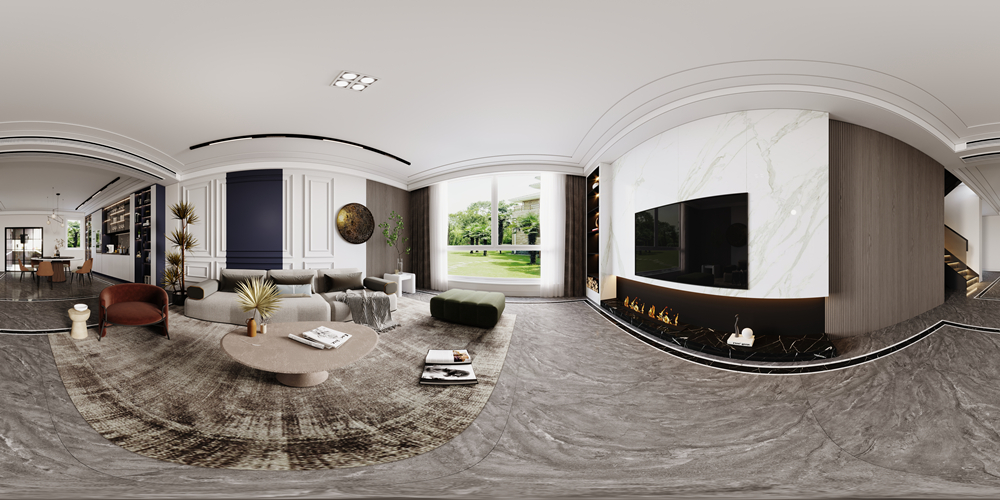
VR Panoramic Photos: Blending Reality and Imagination
VR panoramic photos have emerged as a revolutionary medium that transcends the boundaries of traditional photography. By combining the immersive power of virtual reality with the detailed capture of panoramic imagery, they offer users an unprecedented way to experience and interact with the world around them.

The Technical Marvel of VR Panoramic Photos
Creating VR panoramic photos involves a complex process. Specialized cameras or multiple - lens setups are used to capture a full 360 - degree view of a scene. These cameras take numerous overlapping shots, which are then stitched together using advanced software algorithms. The result is a seamless, high - resolution panoramic image that can be viewed in VR. To make it suitable for VR experiences, the photo is often formatted to work with head - mounted displays (HMDs). When a user puts on an HMD, the software tracks their head movements in real - time. As the user turns their head, the VR panoramic photo adjusts accordingly, giving the sensation of physically being in the scene. For example, in a VR panoramic photo of a forest, as the user looks up, they can see the canopy of trees swaying gently in the breeze, and when they turn to the side, they can spot a small stream trickling through the undergrowth.
Unique Applications in Diverse Fields
Therapeutic Uses
In the field of mental health, VR panoramic photos are being explored for therapeutic purposes. For patients suffering from anxiety disorders, exposure therapy can be enhanced with VR panoramic photos. For instance, a person with agoraphobia (fear of open spaces) can be gradually exposed to virtual open - air environments through VR panoramic photos. The controlled and immersive nature of these photos allows therapists to create customized exposure scenarios, helping patients confront and overcome their fears in a safe, virtual setting.
Architectural Visualization
Architects are increasingly using VR panoramic photos to present their designs to clients. Instead of relying on 2D blueprints or 3D renderings, they can create VR panoramic photos of a proposed building or interior space. Clients can virtually walk through the virtual building, experiencing the layout, lighting, and spatial relationships as if the structure were already built. This not only helps clients better understand the design but also allows architects to receive more accurate feedback early in the design process, potentially saving time and resources.
Artistic Expression
Artists are also harnessing the potential of VR panoramic photos for creative expression. They can use these photos to create immersive art installations. For example, an artist might take VR panoramic photos of a desolate urban landscape and then manipulate the images to add surreal elements, such as floating buildings or glowing orbs. When viewers experience these VR panoramic photos, they are transported into a new, dream - like world, challenging their perceptions of reality and art.
VR panoramic photos are more than just a form of digital imagery. They are a gateway to new experiences, whether for healing, design, or creative exploration, blurring the lines between what is real and what can be imagined.